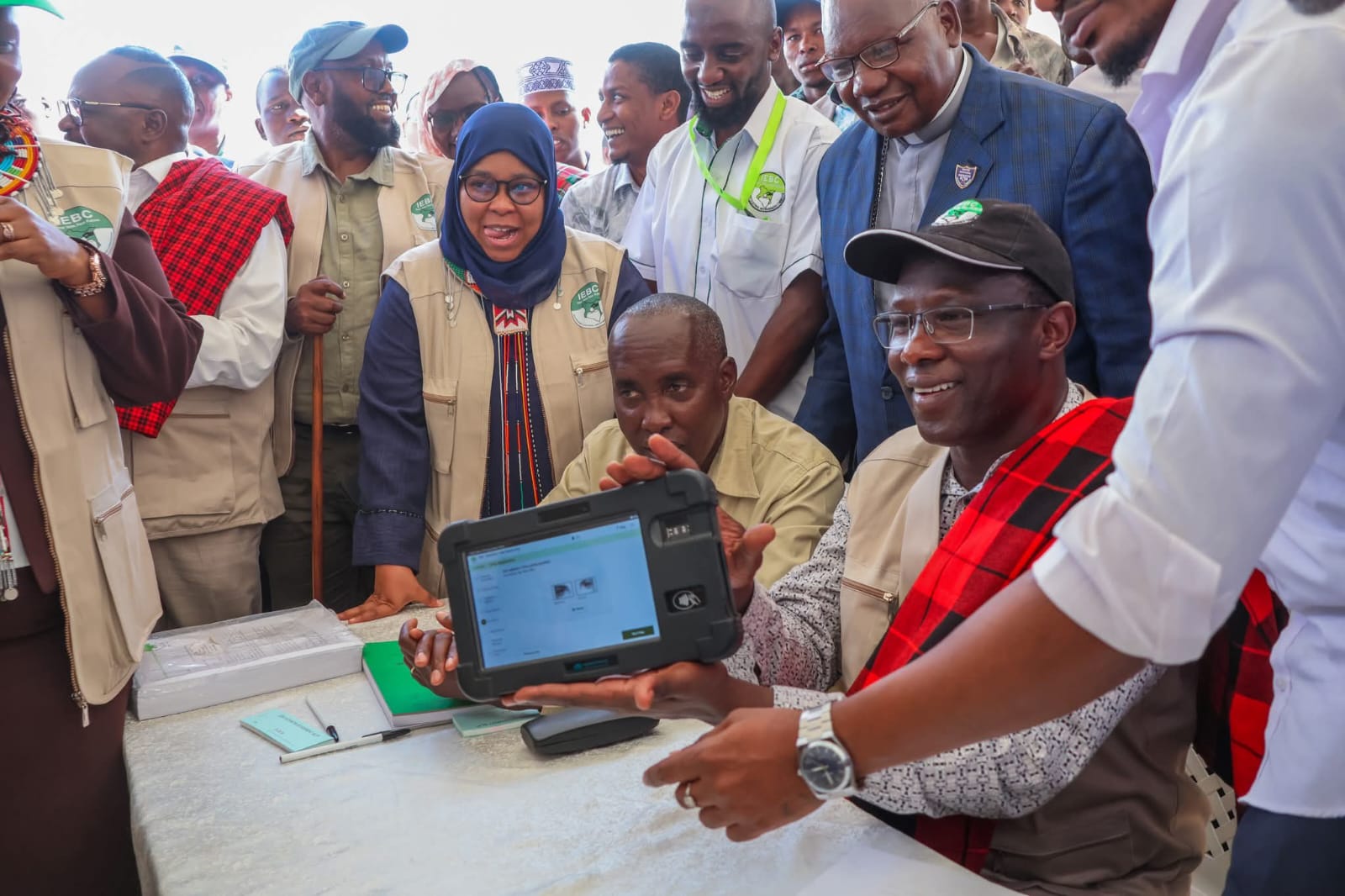The Elections Observation Group (ELOG) has called on the Independent Electoral and Boundaries Commission (IEBC) to provide clear explanations on how the iris scan data collected during voter registration will be securely stored and used, in line with the Data Protection Act of 2019.
The group also wants the commission to confirm whether a Data Protection Impact Assessment was conducted before the iris scan system was introduced and to clarify which systems or external parties, if any, can access the biometric data, as well as the safeguards in place to prevent misuse.
ELOG further highlighted that registration services are currently offered only at constituency offices, leaving many citizens, particularly young people and those in rural areas, unaware of the exercise.
The group urged the IEBC to improve public communication and to partner with political leaders, religious groups, community organizations, and media outlets to boost civic education.
It also stressed the need for clear instructions on voter registration transfers and updates, noting that many citizens remain uncertain whether they can register in one constituency and vote in another.
Data from IEBC shows that during the first week of the Continuous Voter Registration (CVR), 7,048 new voters were registered, 259 transferred their registration, and eight updated their details. Urban counties led in early participation, with Nairobi recording 1,597 new voters, Mombasa 556, Kiambu 386, and Kisii 312.
Machakos, Nakuru, Kilifi, Mandera, and Kitui also reported strong turnout, while more remote counties such as Lamu, Samburu, Tana River, and Nyamira had low numbers, reflecting challenges in awareness, access, and logistics.
Smaller northern counties like Mandera, Wajir, and Garissa saw higher proportional growth compared to their 2022 voter registers, indicating that localized outreach campaigns are effective.
In contrast, larger counties including Kakamega, Nakuru, and Kisumu showed slower growth, signalling a need for stronger civic education and voter mobilization efforts.
Mombasa and Nairobi led in voter transfers, recording 50 and 42 respectively, followed by Laikipia, Nakuru, and Nyandarua. Laikipia had the highest transfer rate per 100,000 voters, reflecting both population movement and greater awareness of the right to change registration locations.
Updates of voter details were modest, with Mombasa, Kirinyaga, and Makueni leading, showing early steps by voters to verify and correct their information.
ELOG noted that while the initial week of CVR demonstrates operational readiness and growing public interest, uneven participation across counties requires urgent attention.
The group urged IEBC, political actors, and civil society to step up outreach in underperforming counties, engage youth using mobile registration units and social media platforms, publish weekly county-level registration updates, focus on counties with pending by-elections, and continue inclusive civic education on registration, transfers, and data verification.
Reaffirming its commitment to overseeing the CVR process nationwide, ELOG stressed that open communication and transparency from IEBC are essential to building public confidence, encouraging voter participation, and maintaining the credibility of Kenya’s voter register ahead of the 2027 elections.
